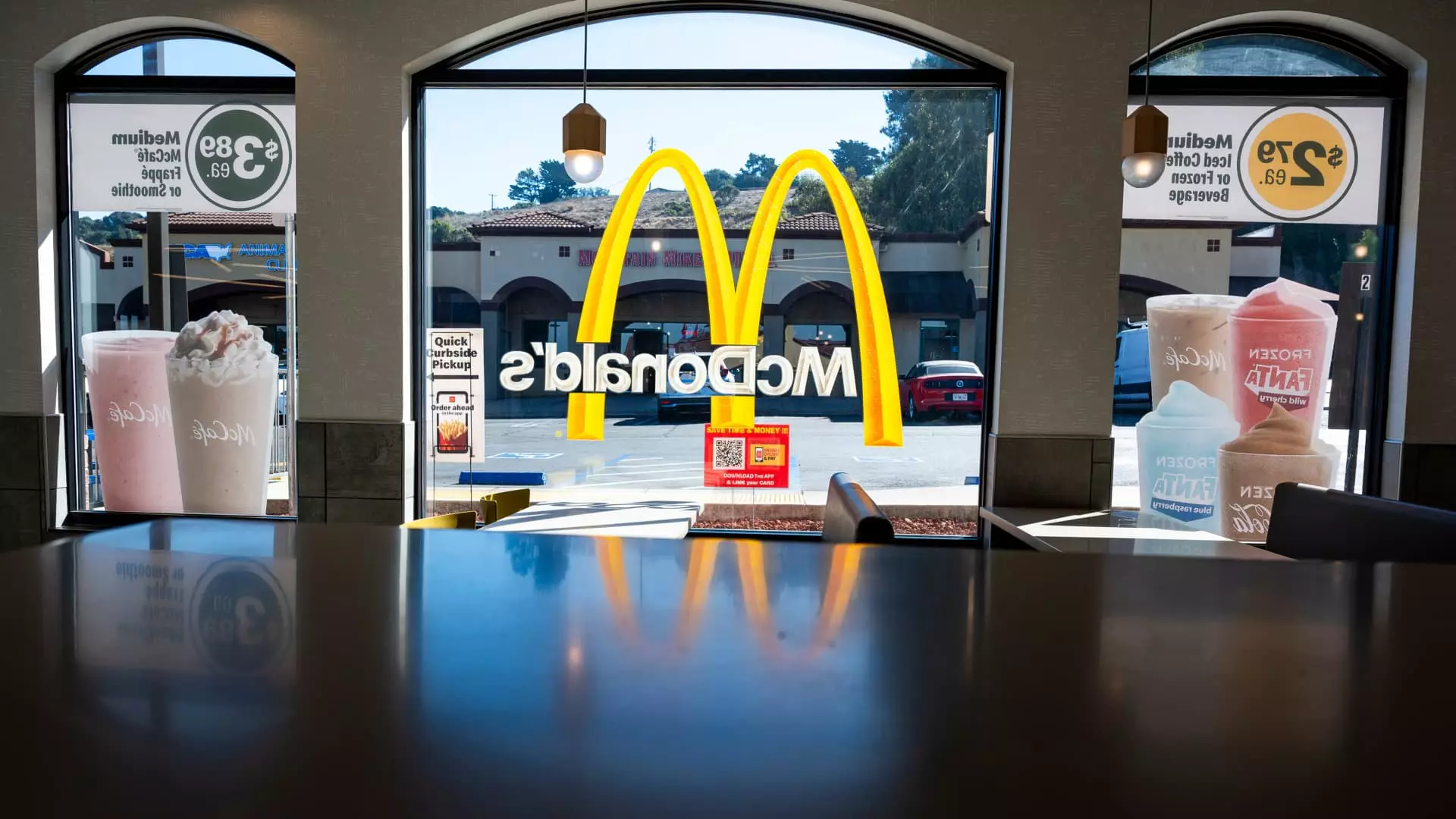With 2025 dawning, the restaurant industry finds itself at a crossroads. The year began with significant challenges: unpredictable weather, consumer hesitancy, and lingering economic uncertainty. Industry executives are hopeful for a rebound, emblematic of the age-old adage, “in like a lion, out like a lamb.” However, they face an uphill battle, one that requires strategic adaptations and a keen understanding of evolving consumer behaviors.
Initial Hurdles Set the Stage for a Tumultuous Start
The restaurant sector’s rocky start to 2025 can largely be attributed to extreme weather conditions that impacted foot traffic and sales. Freezing temperatures and wildfires, notably those in Los Angeles, posed significant barriers for diners. For example, Chipotle estimated that the wildfires resulted in a staggering 4% decline in its same-store traffic growth. With January typically bringing colder climates, the combination of inclement weather and an unsettled political climate following President Trump’s inauguration only exacerbated the industry’s traffic woes.
Despite these challenges, there were signs of resilience. Some chains, like Burger King and Popeyes, reported a boost in sales during the previous quarter due to value offerings that appealed to cost-conscious consumers who had been cooking at home. This contrasts sharply with the downturn experienced in January, where traffic for breakfast and lunch declined, suggesting that the consumer environment remained fragile, ripe with caution and hesitance.
Consumer behavior played a significant role in shaping restaurant strategies. Subway’s U.S. President, Doug Fry, succinctly articulated the current consumer sentiment, stating that diners are not just grappling with economic uncertainty; they also refuse to compromise on quality. Many consumers are on the lookout for the best value, which means that restaurants must emphasize quality while maintaining competitive pricing to attract and retain customers.
The challenge lies in balancing value with quality, particularly for mid-tier brands like Chipotle and Starbucks, which have seen recent declines in same-store sales. The trend reflects a fundamental shift wherein consumers are prioritizing their choices, often bypassing traditional favorites for perceived better value alternatives. This paradigm shift compels restaurants to innovate their menus and promotional strategies to keep pace with changing expectations.
Forecasts for the year suggest a gradual recovery for the restaurant sector. As comparisons ease against last year’s declines, some analysts predict that traffic and sales will improve as 2025 unfolds. Sami Siddiqui, CFO of Restaurant Brands, expressed optimism that year-over-year comparisons would become more favorable during the summer months, a period traditionally strong for the industry.
However, the road to recovery remains complex. Rising consumer sentiment worries, influenced by inflation and economic fluctuations, suggest that diners may remain hesitant. The Department of Labor reported a notable 3.4% increase in away-from-home food prices over the past year. Such inflationary pressures contribute to consumer uncertainty, evidenced by a seven-month low in U.S. consumer sentiment recorded earlier this year.
While fast-food giants like McDonald’s express optimism in recovering demand and potential sales gains, other brands face a more challenging path. Starbucks, for instance, is wrestling with a prolonged downturn in sales. The coffee chain’s same-store sales have faced consistent declines, prompting the suspension of its fiscal outlook for 2025. Such challenges signal a stark reminder that recovery varies significantly across the industry spectrum.
In the dynamic world of restaurants, 2025’s prospects hinge on adaptability and an acute awareness of changing consumer dynamics. While many chains acknowledge the need for strategic pivots—whether through value offerings or addressing quality concerns—the industry’s resilience will ultimately be tested by its ability to engage and retain a cautious consumer base.
As the year progresses, restaurant executives must navigate this delicate balance between optimism and caution, ensuring they are prepared to meet consumer demands while capitalizing on any available recovery opportunities. The evolution of the dining landscape in 2025 may very well depend on how effectively these establishments learn to anticipate and respond to the shifting tides of consumer preference and economic circumstances.


Leave a Reply